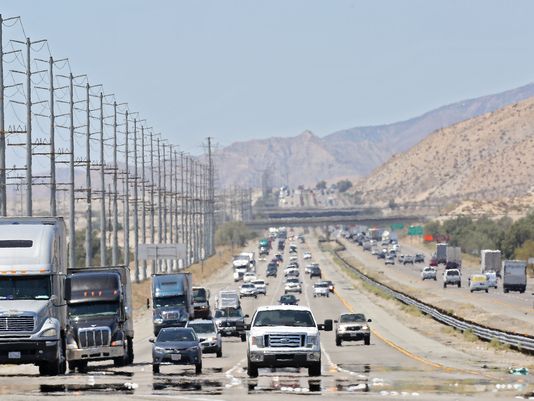The latest version of the health care repeal bill is down for the count after the Senate voted against moving forward, leaving the Prevention Fund intact for the time being. The big question is what does Congress move on to now? There is a lot of pressure on Republicans to deliver some sort of big legislative priority.
Resource Library
The Bus Stop and Walk (BSW) program drops students a safe and walkable distance from school, allowing them to walk in with the goal of improving physical and mental health, increasing academic performance and building community by dropping students within a walkable distance to school.
An online training for adult school crossing guards in Minnesota.
The Minnesota Safe Routes to School program has developed three webinars to support communities in developing Safe Routes to School Plans
The Minnesota Safe Routes to School program has partnered with AAA Minnesota-Iowa to offer an online training for school safety patrollers in Minnesota.
Accessibility metrics tend to be reported as cumulative metrics, which are straightforward to calculate and communicate. However, more meaningful metrics assign different weights (utility) to different destinations based on travel time, instead of assigning arbitrary importance to a specific threshold.
Cross-posted from saferoutescalifornia.wordpress.com.

Congress continues to struggle with finding consensus on major legislation, and also still has a lot of work ahead in coming months to settle federal government spending levels for 2018.
This guest blog post was written by Dr. Mojgan (Mo) Sami, UC Irvine, Program in Public Health
Attend this webinar to learn about our newest individual Shared Use Ambassadors, and how they improve physical activity opportunities in communities through policy, programs and community engagement.
Key takeaway:
- Latina women spend a lot of time in vehicles and not a lot of time walking, which has health consequences. This is one of the first studies to examine associations of intrapersonal and perceived neighborhood environment factors with objectively measured walking and vehicle time among Latina women.
Key takeaways:
- This is the first study to show that people in a developing nation (Mexico) perceive cycle tracks (protected, segregated bicycle lanes) to be the safest type of bicycle infrastructure. Cycle tracks could improve safety, reduce crime, and stimulate the local economy.
Key takeaways:
- The Transtheoretical Model (TTM) has been recognized as a leading approach to changing health behaviors, such as smoking, diet, and exercise. TTM interventions have been proven successful in promoting sustainable transportation (walking, riding a bicycle, and taking public transportation).
Key takeaway:
- The researchers examined neighborhood socioeconomic and transport disadvantage in Brisbane, Australia and found that disadvantaged neighbourhoods had greater connectivity and transit access, but also more exposure to traffic and associated health risks.
Key takeaways:
- Policy documents represent cyclists as white middle-aged men in lycra (MAMILs), which is an exclusionary image and representation of cyclists and cycling. The language, images, and representations used in cycling policy discourse impacts cycling modal share.
This toolkit contains information on building and sustaining a Safe Routes to School task force, structuring and sustaining a paid Safe Routes to School coordinator position, adopting Safe Routes to School policies, and more.
The Trump Administration released its proposed FY2018 budget this week. Overall, it cuts funding across nearly all agencies to fund a $52 billion increase in defense spending, veterans’ health, and border security. The budget is very similar to cuts the Trump administration tried to secure in the FY17 appropriations process, which were for the most part rebuffed by Congress.
The Play All Day Parks Program is a new initiative put forth by the City of San Diego Mayor’s Office and the Superintendent of the San Diego Unified School District in 2016 to break ground on over 30 new joint-use park sites in the next 5 years.


